Interview with Rayvenn D'Clark
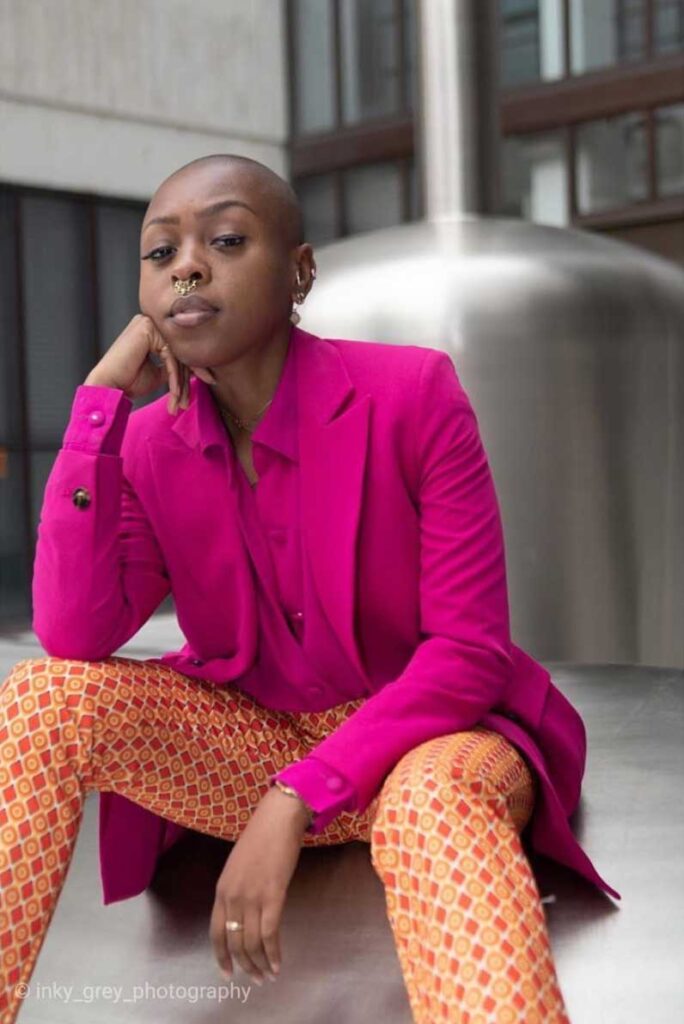
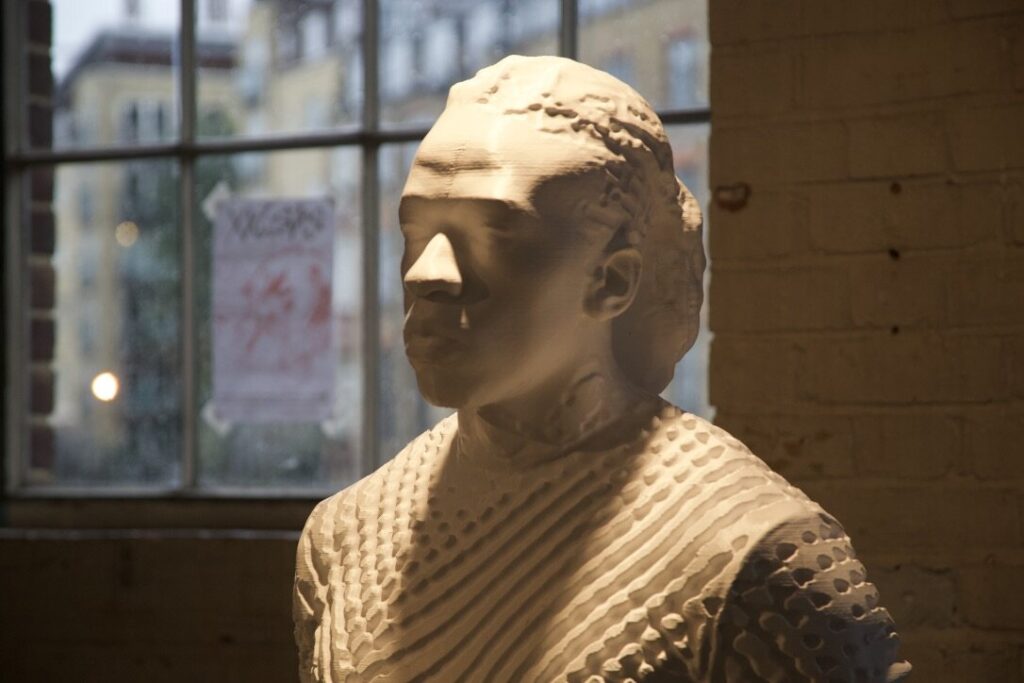
Rayvenn D’Clark, Earwax x GuestWax, Lizesized 3D Print 2019, approx. 5ft
A creative practitioner who, among many things, is a teacher at London College of Fashion; a freelance writer and researcher who specializes in autoethnographic practices, free-knowledge value, and change analysis; a curator of content, and finally a perpetual student of life.
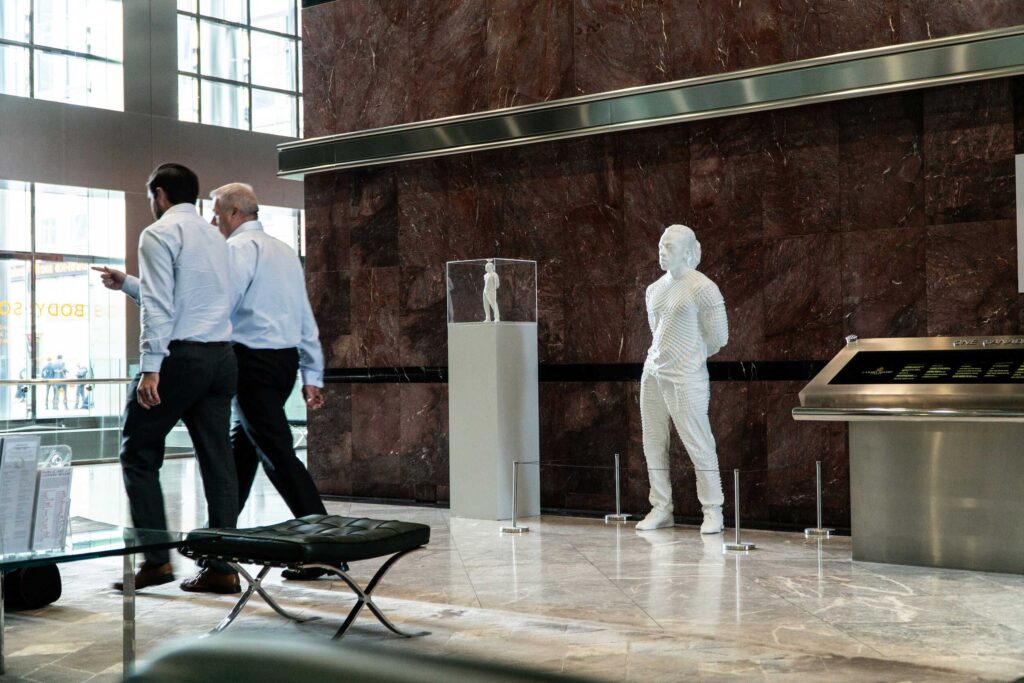
Rayvenn D’Clark, untitled, 2019, Lizesized 3D Print, approx. 5ft BODY + SOUL INSTALL, ONE CANADA SQUARE
My practice explores the digital hybridity of sculpture following the affirmation of media, exploring the nuances of identity that pivot between hyper-visibility and invisibility while offering reimagined collective perspective.
My work chronicles the elevated reframing of Black anatomy embedded in the everyday, collective experiences through methods of display. The resulting objects emerge contextually abstracted from traditional representational aesthetics.
Such ideological positioning shifts the normative function of figurative practices towards a self-sustaining non-fiction rooted in authenticity and criticality that allows audiences to break free from reference once and for all in a new form of hybrid realism.
Read our interview below to get a glimpse into Rayvenn D’Clark’s creative journey.
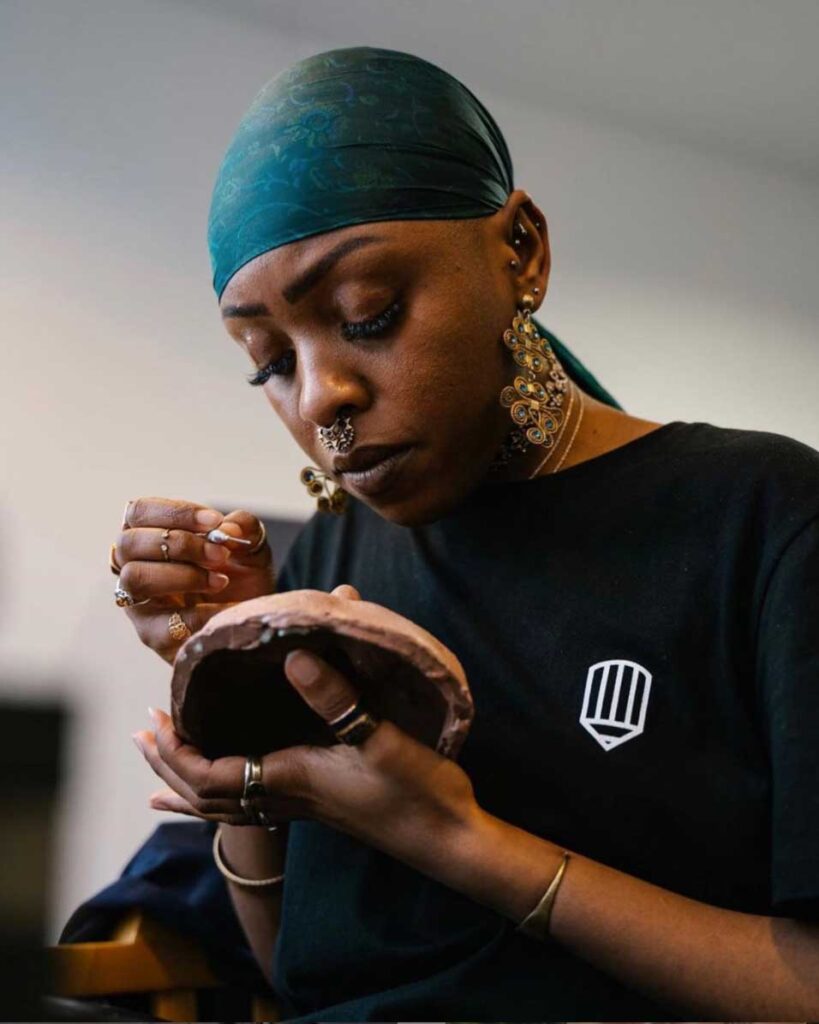
How do you define success as an artist?
I define success as my audience resonating with my artwork. There is nothing more satisfying to me than putting artwork into the world and receiving positive feedback about not only its material quality but how, in most instances, they have “never seen Black bodies manifested in this way.” This has become the most concrete way to measure my successes as a creative practitioner.
Do you feel that your art community challenges existing barriers and assumptions?
I absolutely feel that my art community challenges existing barriers and assumptions. This is demonstrated every day in the continued challenge to mechanisms and structures of whiteness through the repositioning of Black bodies, and thus our experiences, at the forefront of discussion. Our continued willingness to unpack language and invent new and innovative forms of visual language in order to articulate our position of anti-racism becomes the biggest challenge of all.
How have you developed your career?
Through consistency. I always felt that the practitioners who are revered are those who consistently practice and demonstrate their research aims in building a harmonious body of work. Whilst outcomes may appear to look and feel vastly different, they all have roots in no more than five key themes that can be traced throughout their entire oeuvre.
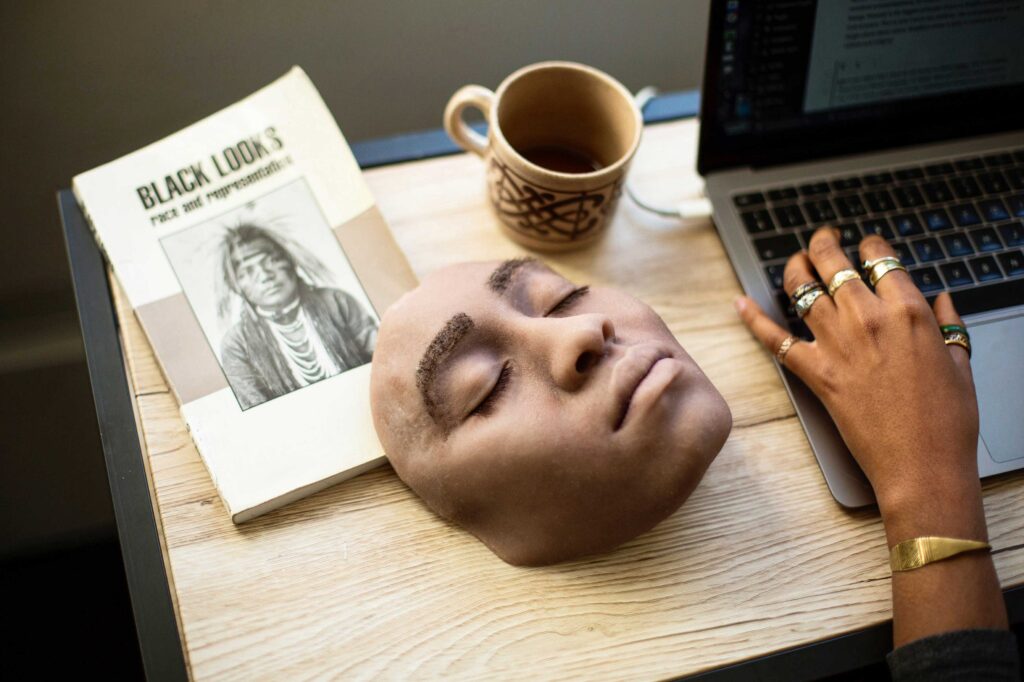 Rayvenn D’Clark, STUDIO INSPO – VO CURATIONS, 2020, Courtesy of Tereza Červeñová
Rayvenn D’Clark, STUDIO INSPO – VO CURATIONS, 2020, Courtesy of Tereza Červeñová
How do you cultivate your audience?
I cultivate my audience through conversation, discourse, and dialogue. As my practice is largely theoretical, it feels important to speak about my work, my methodology and the motivations behind my work. I do this either through the work itself or through other means such as writing or participating in panels which presents the welcomed opportunity to connect on a more human level and authentically capture the nuance of my own voice.
How do you seek out opportunities?
I am fortunate to be supported by my wonderful agency MTArt who consistently puts me forward for or brings to my attention some phenomenal public projects through their vast creative network. On a more personal level, I am lucky enough to have maintained a close working relationship with peers and fellow curators who regularly send me opportunities that may be of interest, as well as invite me to be a part of their showcases. This includes my upcoming showcase Bad Art Presents ‘Hot Air’ for which I was their second Black Artists Recipient. It revolves around a super fun brief related to inflatable art leading to the creation of my new work provisionally titled note bene, which is a six foot tall Black Power fist.
What’s your biggest barrier to being an artist? How do you address it?
A huge barrier in my practice has always been an economic barrier. Working primarily with specialist 3D technology, software, and talented technicians means there is an economic restraint in terms of the activities that I can do myself, versus those which require collaboration. However, in recent years I have spent more time learning how to write grant applications and public commission project proposal documents which have been a sustainable way for me to fund my work over the past few years since graduating from my Masters.
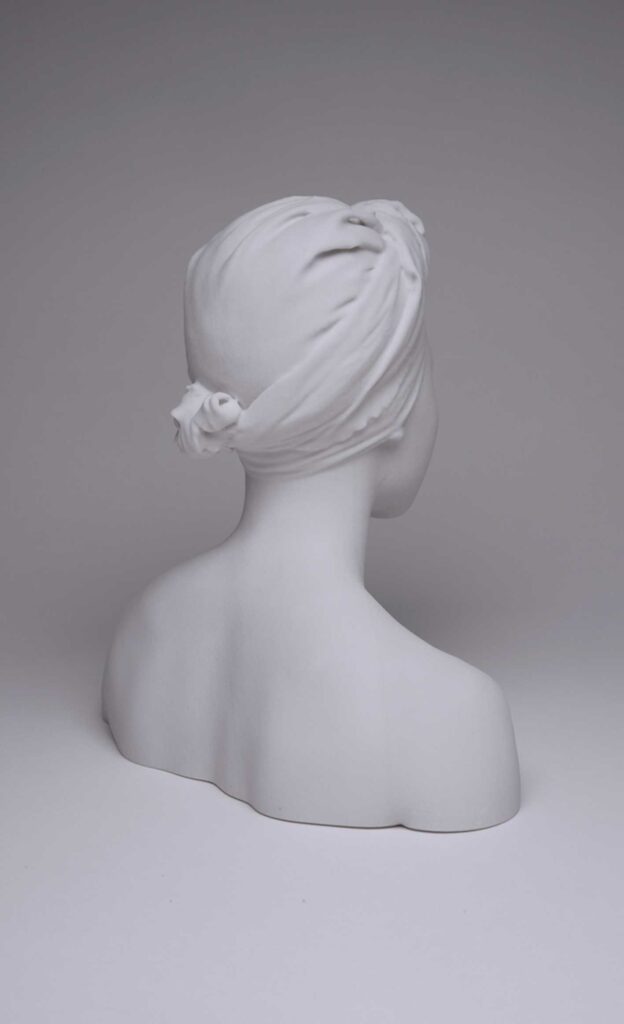 Rayvenn D’Clark, I Don’t See in Colour, 2018, 3D Nylon Plaster Print
Rayvenn D’Clark, I Don’t See in Colour, 2018, 3D Nylon Plaster Print
What do you like most about being an artist?
What I most like about being an artist is not having to conform to the 9-5 work routine. In the past, my inability to properly participate during the confines of a normal working day has often made me feel like a failure. However, since making the move to work freelance full-time in March 2021, I have never felt so in tune with my often unsociable working pattern. I now have the opportunity to listen to my body when it comes to levels of tiredness or the need to take a day for self-care.
What role do Black artists play in society?
Black artists have the power to disrupt and reframe. In spaces where white viewpoints are typically manifested as the norm, the role of the Black artists becomes figuring out how to shed light on a perspective seldom seen by the masses. In doing so, Black artists and creatives engender the critical transformation of dominant narratives that bring with them cultural heritage, color, vibrancy, and most importantly, melanin.
How can we grow and empower the Black art community?
Black artists can continue to grow and empower Black communities by continuing to manifest unfiltered minority visualizations. The resulting friction then works to inspire and empower others to do the same, referencing the often omnipresent challenges and triumphs in their everyday lives. Here lies the power of popular social networking platforms that allow all people a forum for both display and discussion.
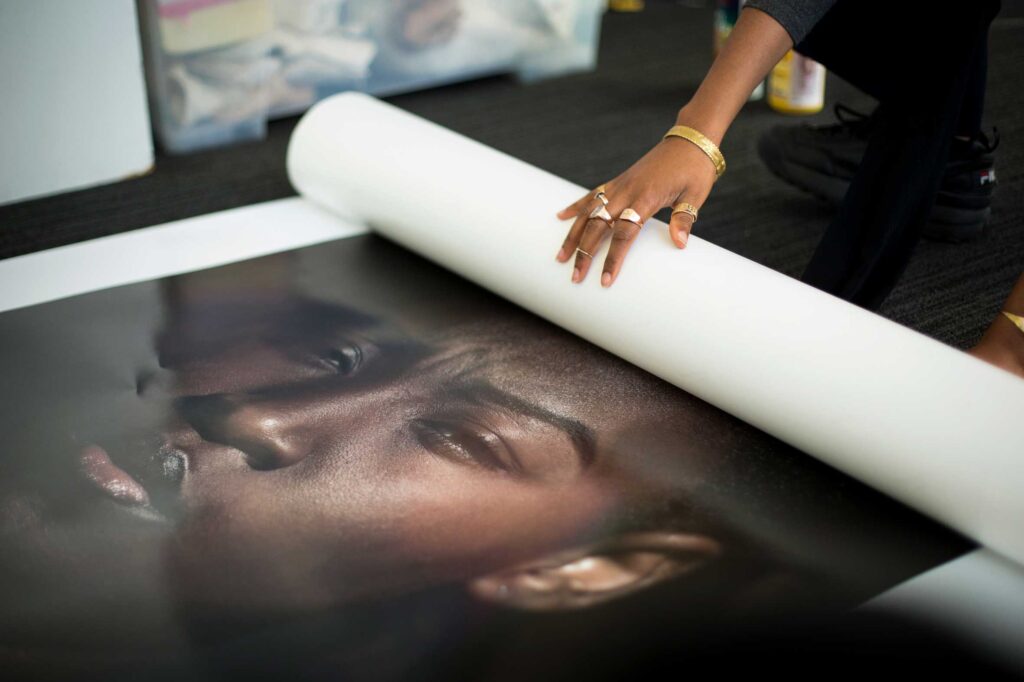 Rayvenn D’Clark, Horcelie, 2020, Studio Shoot Courtesy of Tereza Červeñová
Rayvenn D’Clark, Horcelie, 2020, Studio Shoot Courtesy of Tereza Červeñová
What’s the best piece of advice you’ve been given?
In Ovid’s Metamorphoses, Pythagoras says, “Omnia mutantur, nihil interit.” Loosely translated, it means, “Everything changes, nothing is lost.” As we face a world that is always changing around us so very quickly, we should remember that change is a constant. I have always found this line oddly comforting if we are to consider that in life, many things will happen, time passes by, and we all change, but the things that made us who we are today will never be forgotten.
Artist Contact Info
Website: rayvenn-dclark.com
Instagram: @rayvenndclark_art